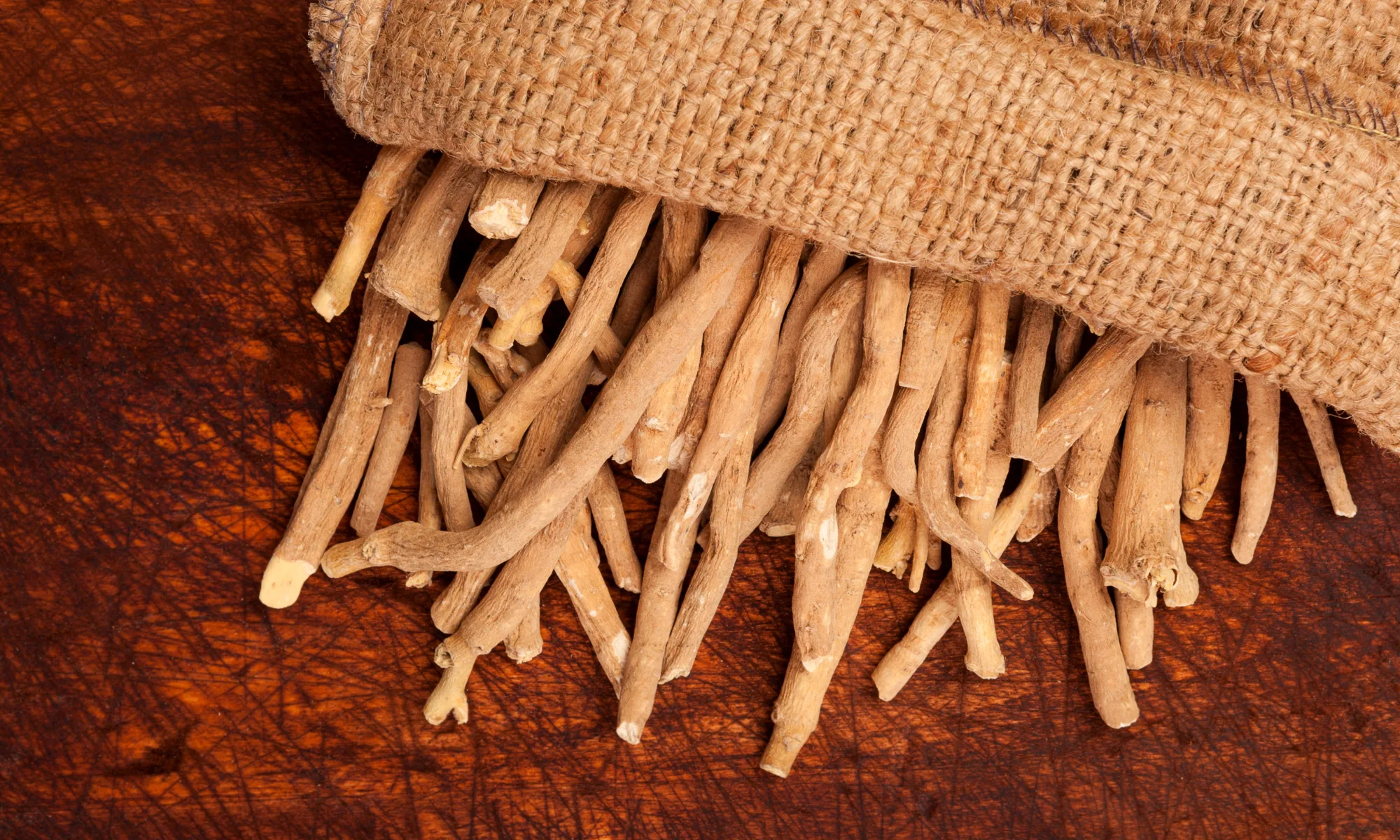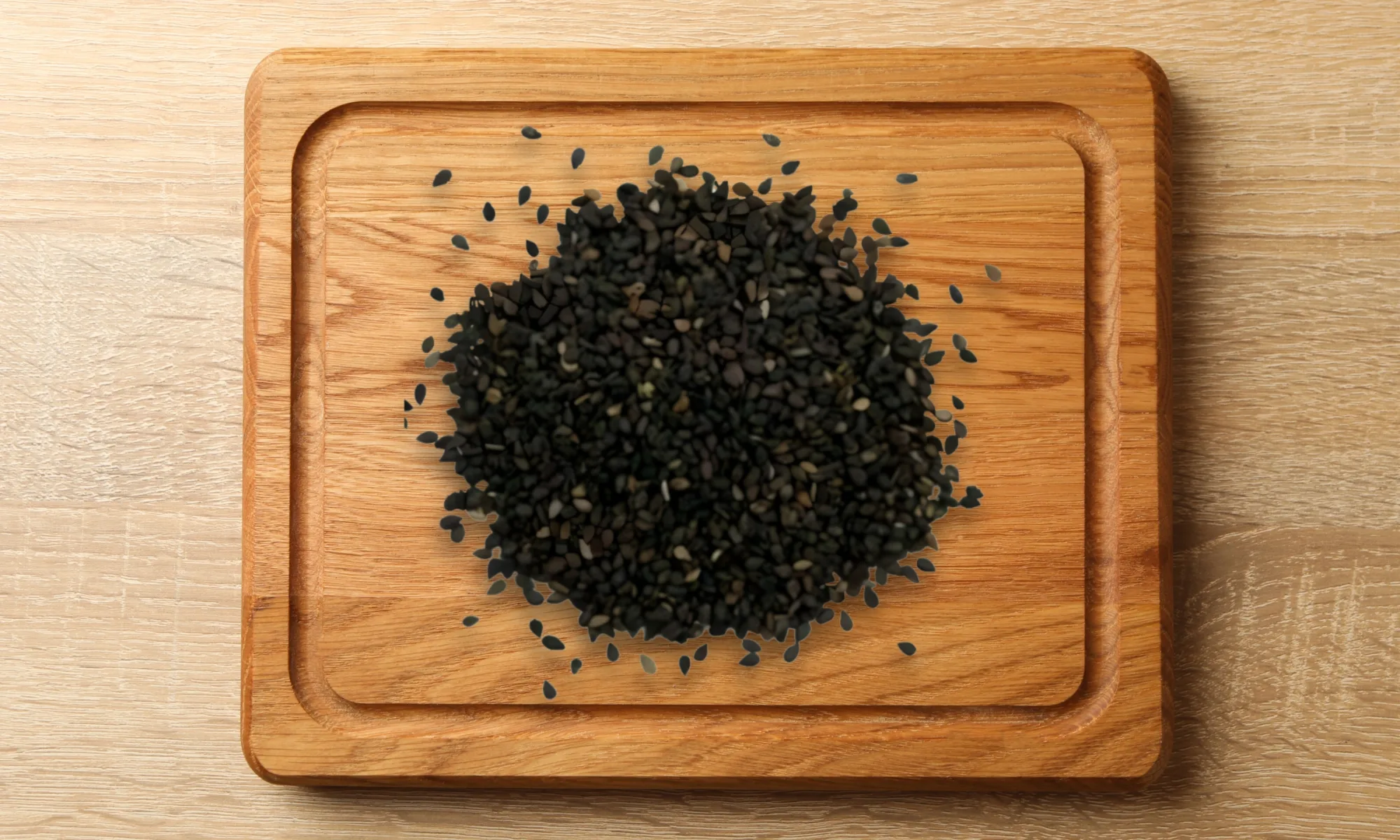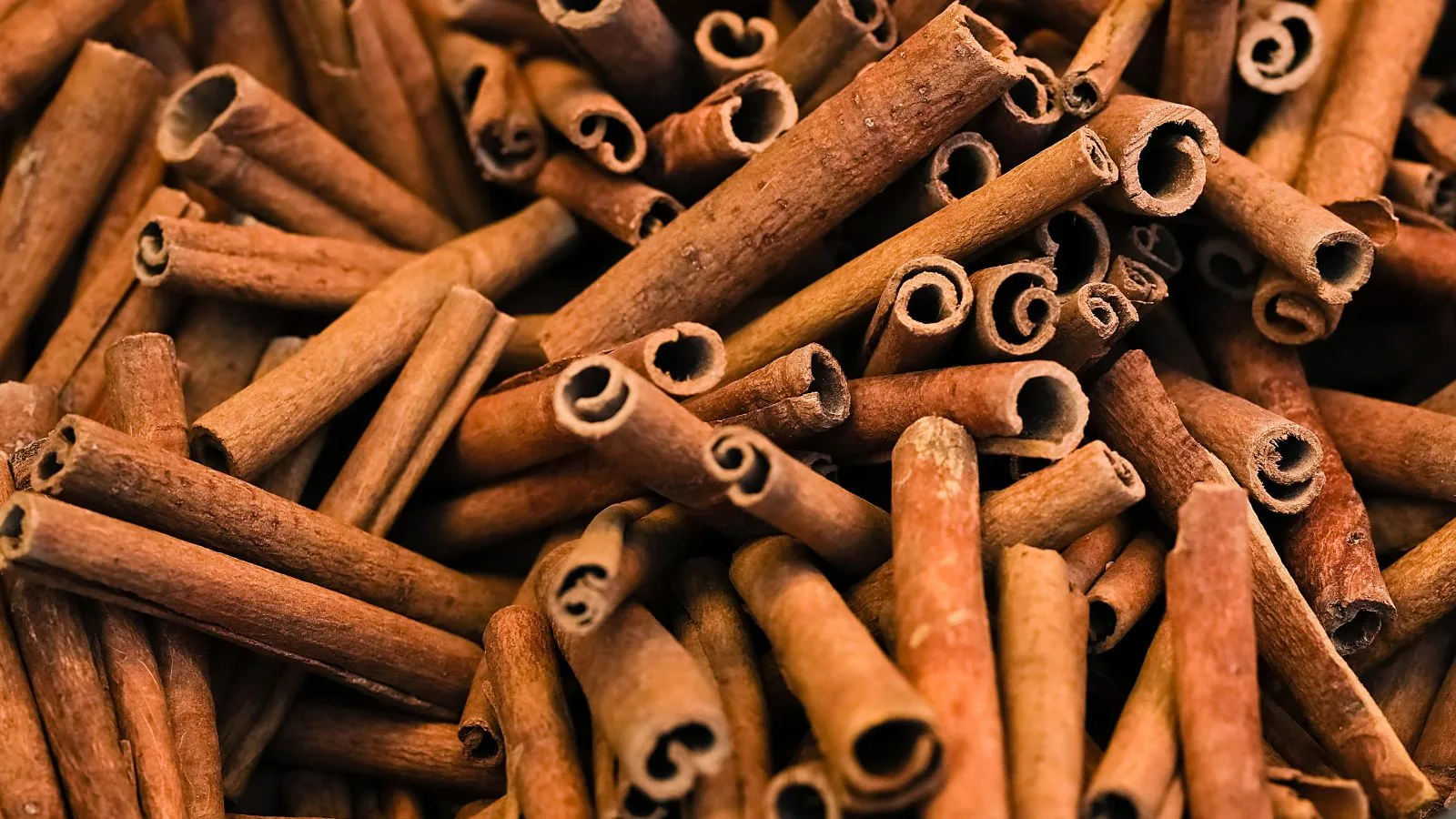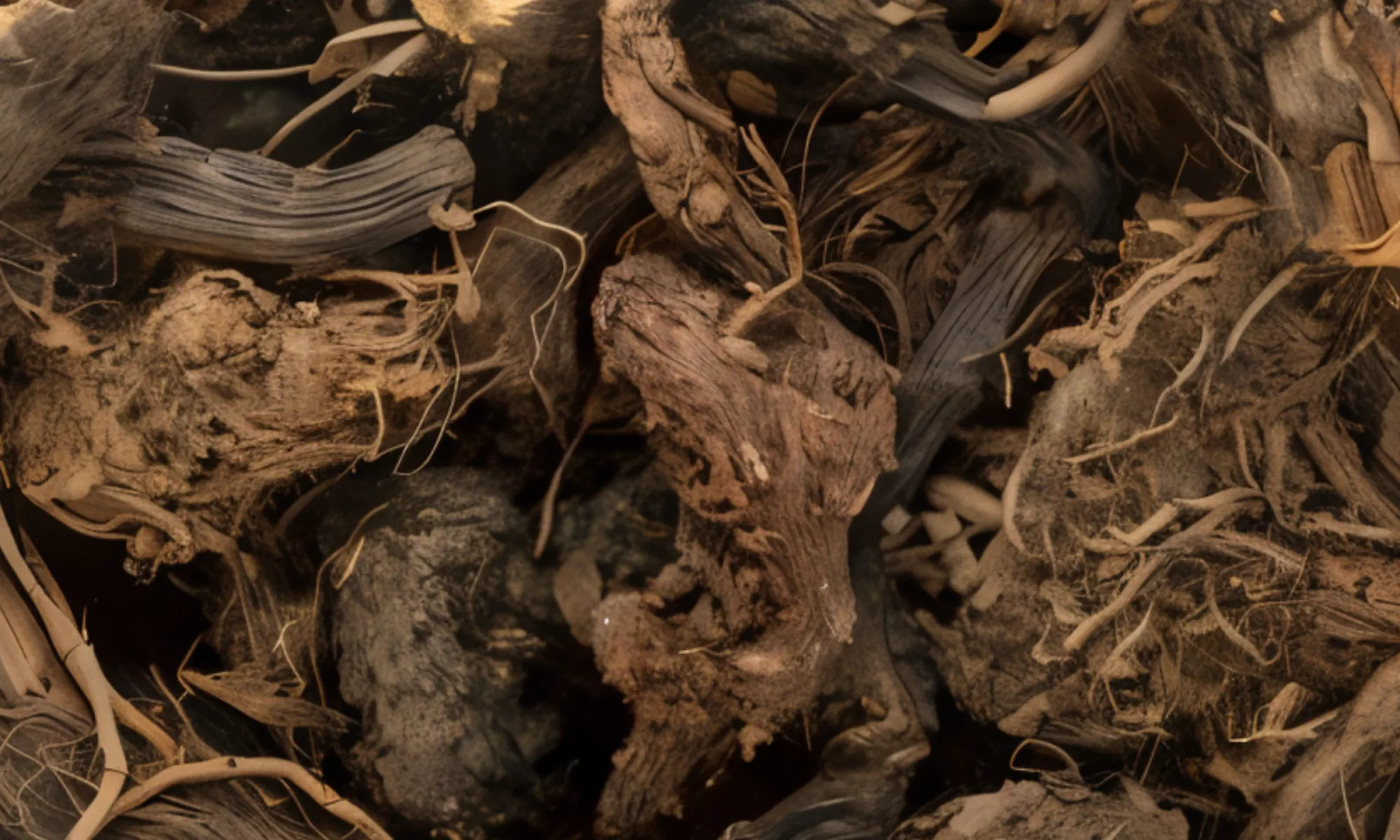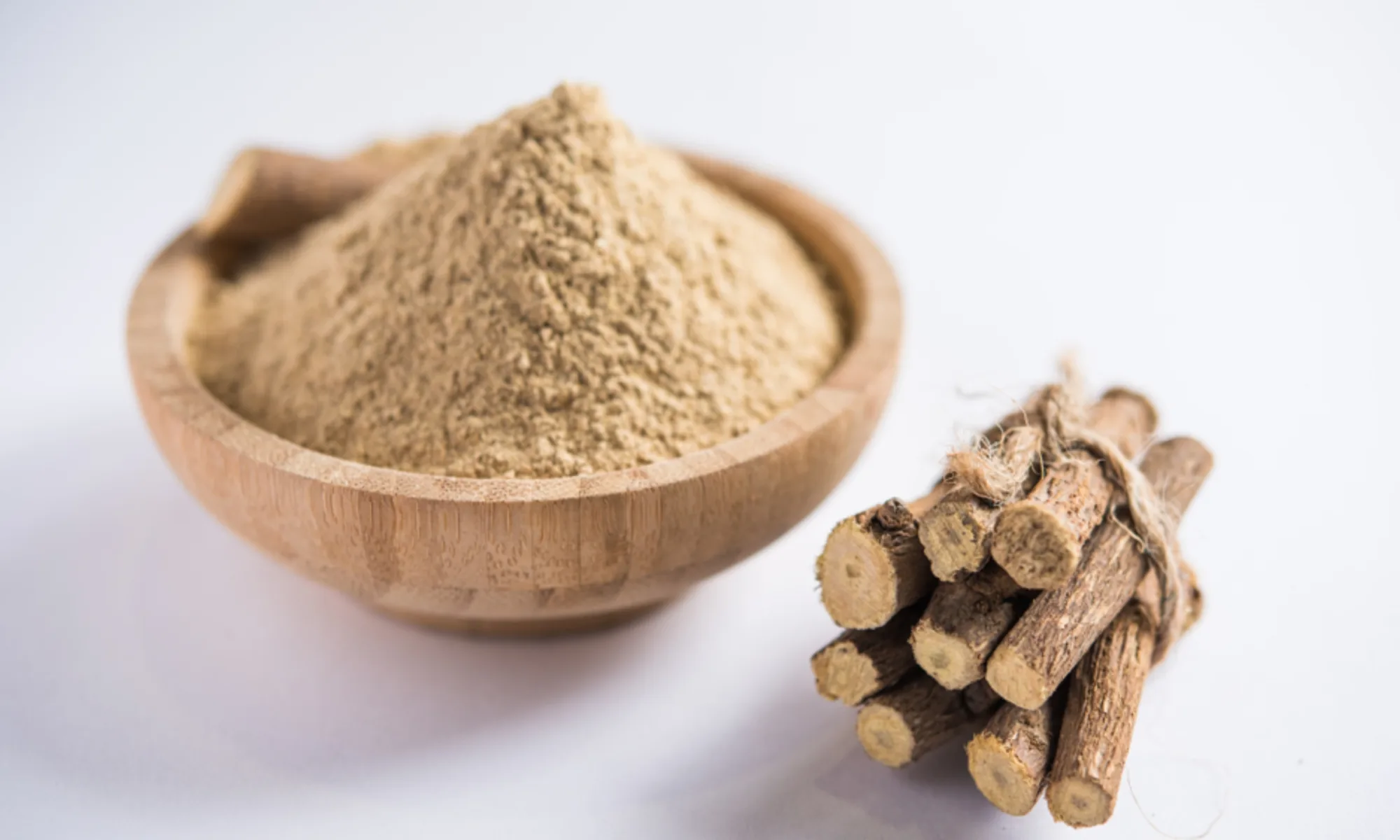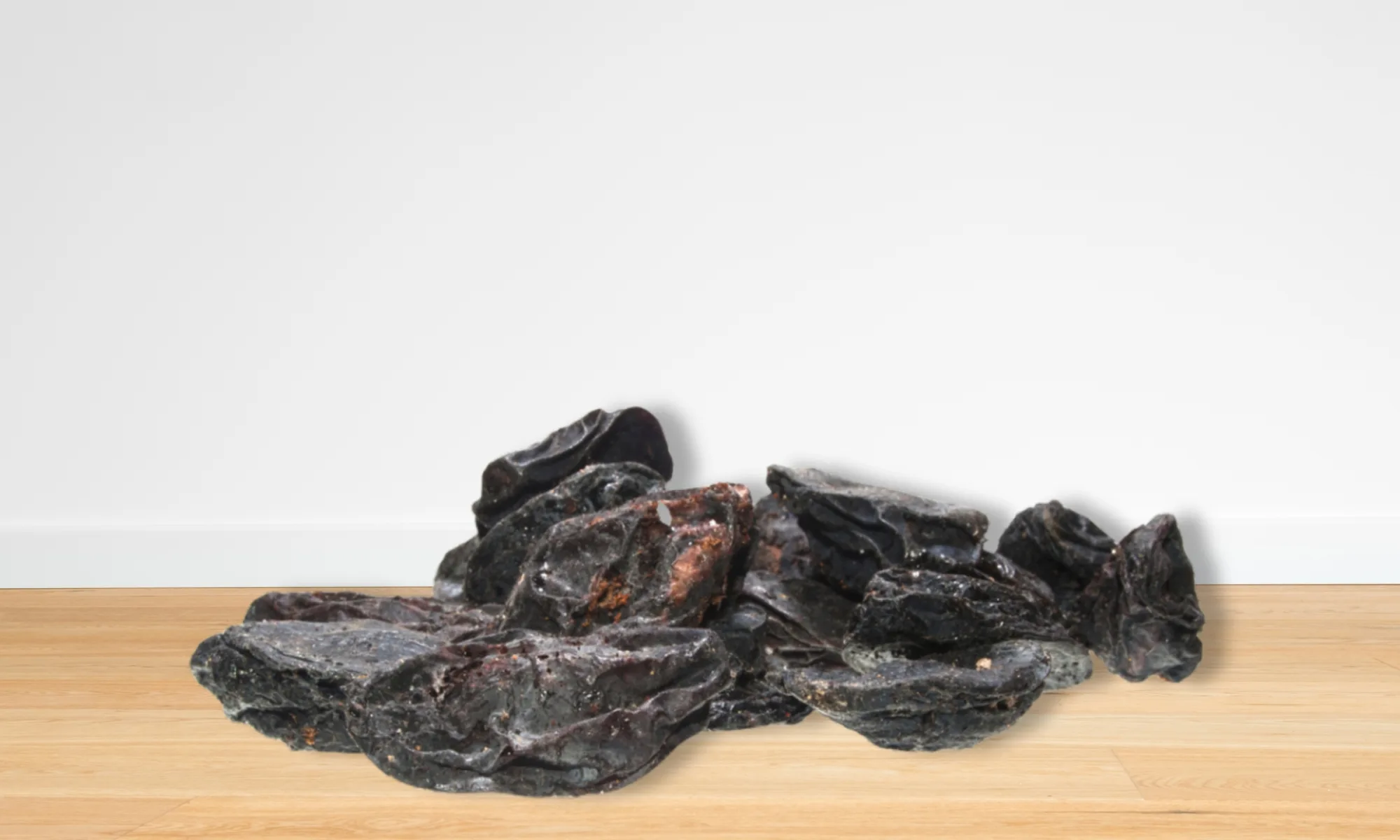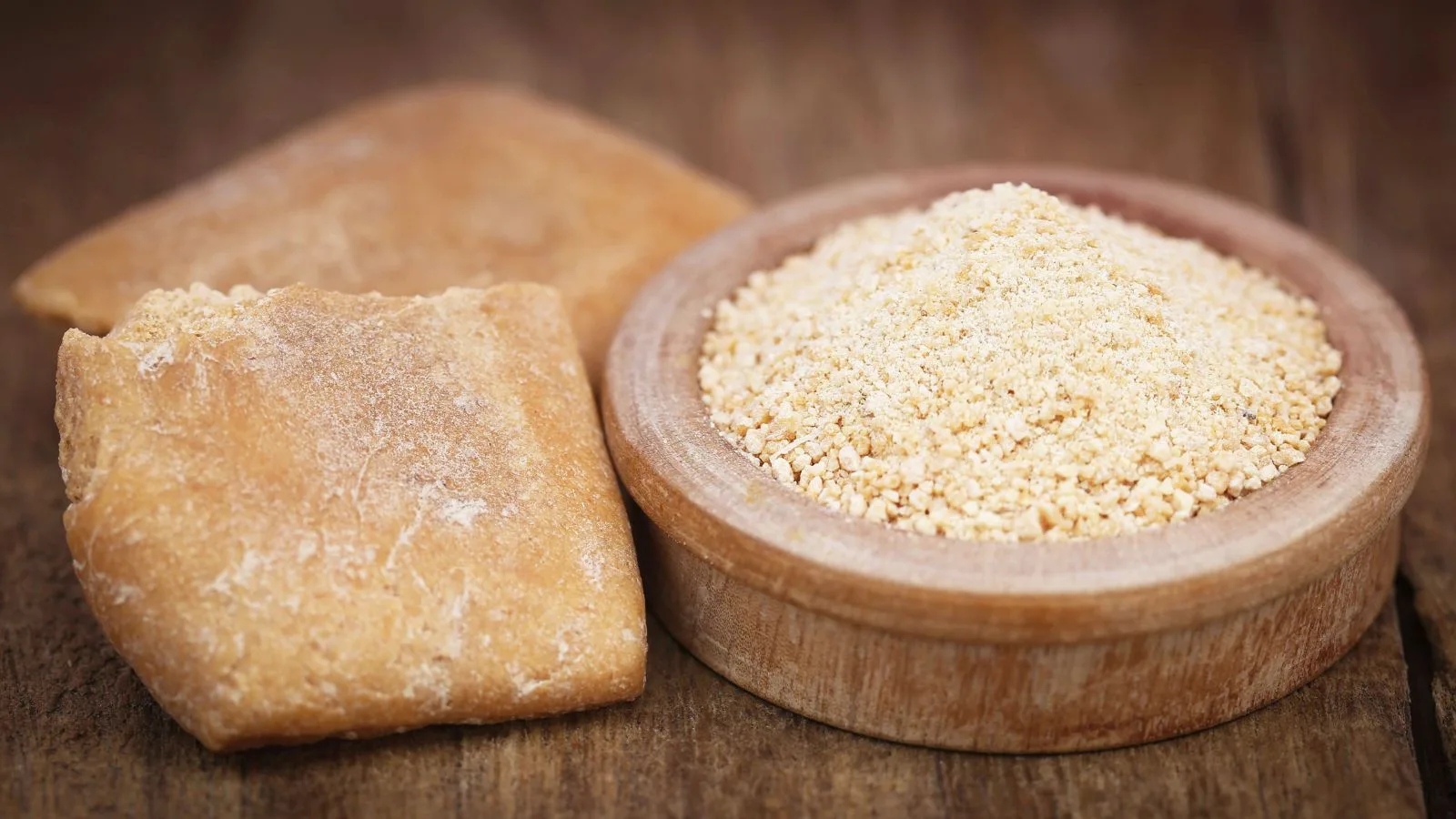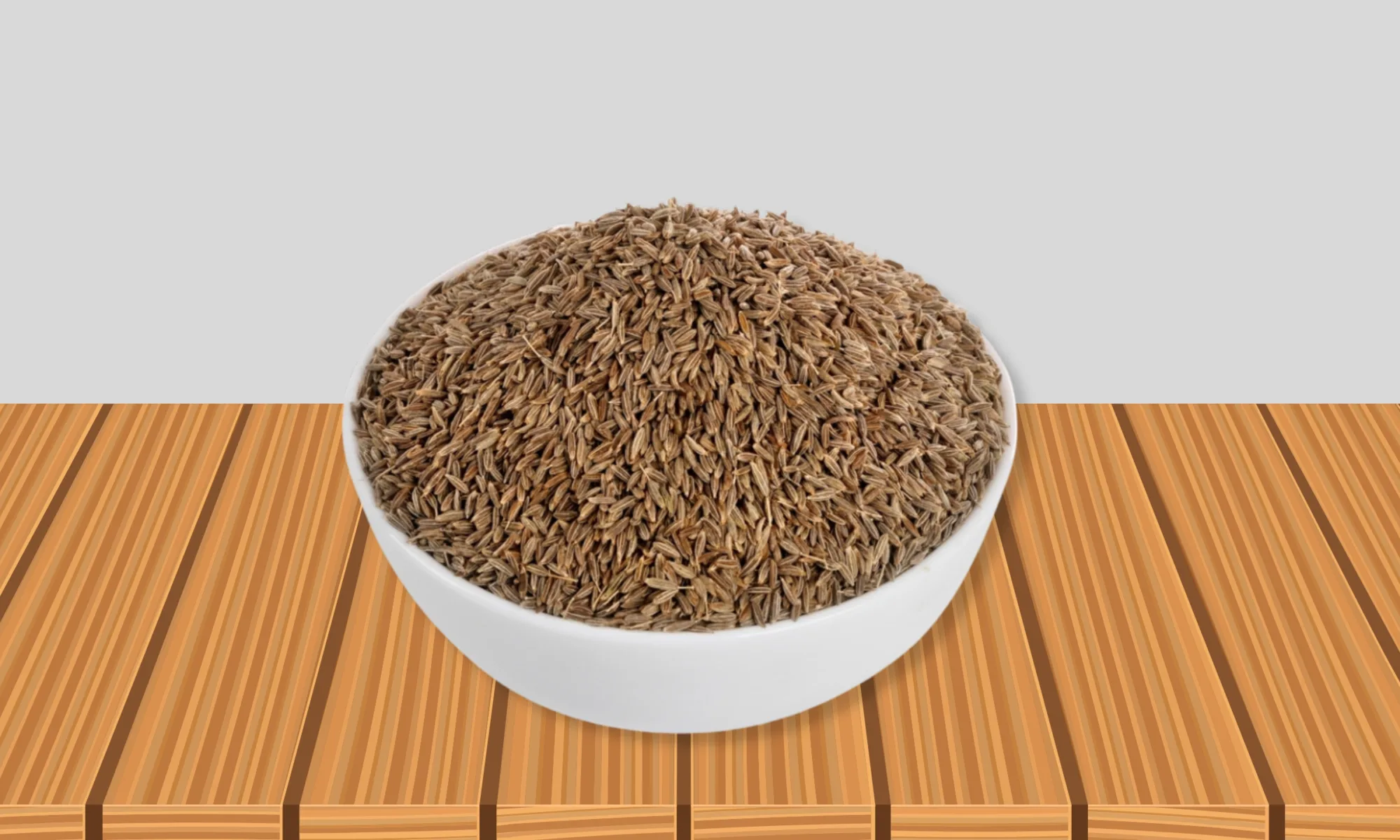
Ashwagandha (Withania somnifera) is a woody shrub native to India, the Middle East, and parts of Africa. It is a small shrub that can grow up to 35-75 cm in height, with oval-shaped, green leaves. The plant produces small, greenish-yellow flowers that bloom in small clusters, followed by orange-red fruit resembling berries. The roots of Ashwagandha are primarily used for their medicinal properties and are highly regarded in Ayurvedic medicine.
Ashwagandha Scientific Names
- Kingdom: Plantae
- Division: Angiosperms
- Class: Dicotyledons
- Order: Solanales
- Family: Solanaceae
- Genus: Withania
- Species: somnifera
Ashwagandha Common Names
- English: Ashwagandha, Indian Ginseng, Winter Cherry
- Hindi: Ashwagandha
- Sanskrit: Ashvagandha
- Tamil: Amukkara
- Bengali: Ashwagandha
- Telugu: Indian Ginseng
Ashwagandha Uses
- Men’s Health – It boosts testosterone levels, enhances libido, and promotes prostate health, improving overall male vitality.
- Neurocare (Cognitive Health) – Known for enhancing memory, focus, and brain function, Ashwagandha also helps reduce stress and prevents cognitive decline.
- Digestive Health – It supports gastrointestinal health by easing indigestion, bloating, and constipation, while also protecting against ulcers.
- Cardiovascular Health – It helps regulate blood pressure and cholesterol levels, supporting heart health and reducing cardiovascular risks.
- Endocrine Health – Ashwagandha supports thyroid function and helps regulate blood sugar levels, beneficial for managing hypothyroidism and diabetes
- Physical Performance – Used to increase muscle strength, endurance, and stamina, it helps improve overall physical performance and recovery
- Anti-aging Benefits – Its antioxidant properties fight oxidative stress, promote cell regeneration, and support youthful skin.
- Blood Health – It purifies the blood and strengthens the immune system. Helpful in improving energy and fighting weakness.
- Fever Support – It supports the body’s natural defense against infections. It helps bring down fever by boosting immunity.
Phytochemical Constituents
Ashwagandha contains a variety of bioactive compounds, which are primarily responsible for its medicinal properties.
- Withanolides: These are steroidal lactones, considered the most significant bioactive constituents. They have been linked to anti-inflammatory, anti-cancer, and neuroprotective effects.
- Alkaloids: These include withanine, somniferine, and anahygrine, contributing to its anti-stress and sedative effects.
- Saponins: These compounds possess anti-inflammatory and immune-boosting properties.
- Flavonoids: Known for their antioxidant effects.
- Phenolic compounds: Ashwagandha contains phenolic acids that contribute to its antioxidant and anti-inflammatory actions.
References
Indian Pharmacopoeia (2018). Withania somnifera. In: Indian Pharmacopoeia 8th Edition. The Indian Pharmacopoeia Commission, Ghaziabad, India.
World Health Organization (WHO) (2004). WHO Monographs on Selected Medicinal Plants, Volume 1.
British Pharmacopoeia (BP) (2020). Withania somnifera. In: British Pharmacopoeia 2020.
European Medicines Agency (EMA) (2010). Assessment Report on Withania somnifera (Ashwagandha).
Committee on Herbal Medicinal Products (HMPC) (2015). Withania somnifera (Ashwagandha).

Bala beej (Sida cordifolia) is a medicinal plant known for its versatile therapeutic properties. Belonging to the Malvaceae botanical family, this plant is traditionally known as “Bala” in Ayurvedic medicine. For generations, its seeds—called Bala Beej—have been valued in India for their powerful health-enhancing properties. Renowned for boosting stamina, reducing fatigue, and increasing physical strength, Bala Beej plays a key role in supporting overall vitality and wellness.
Scientific Names
- Kingdom: Plantae
- Phylum: Angiosperms
- Class: Eudicots
- Order: Malvales
- Family: Malvaceae
- Genus: Sida
- Species: Sida cordifolia
Common Names
- English: Bala Seeds
- Sanskrit: Bala, Abhaya
- Hindi: Bala beej, Dhanvak
- Tamil: Bala
- Telugu: Chitta Gadda
- Bengali: Bala beej
- Marathi: Bala
Traditional and Medicinal Uses
- Strength and Vitality – Traditionally used as a rejuvenating tonic to promote physical strength, stamina, and vitality. It is particularly beneficial for individuals experiencing weakness or fatigue.
- Musculoskeletal Health – Works as a muscle tonic, commonly used to treat conditions like muscle weakness, joint pain, and general bodily fatigue. It is commonly included in treatments targeting arthritis and other rheumatic conditions.
- Anti-inflammatory and Analgesic Properties – Bala beej is believed to have potent anti-inflammatory and analgesic properties, making it useful for treating inflammatory conditions like arthritis and muscle pain.
- Sexual Health – It has traditionally been valued for its potential to boost sexual energy and is often regarded as a natural aphrodisiac in herbal medicine.
Phytochemical Constituents
The medicinal properties of Bala beej can be attributed to its diverse range of bioactive compounds, including:
- Alkaloids: Ephedrine, Pseudoephedrine
- Flavonoids: Quercetin, Kaempferol
- Tannins: Ellagic acid
- Saponins: Beta-sitosterol
- Amino Acids: L-arginine, L-asparagine
References
Ayurvedic Pharmacopoeia of India (API), Govt. of India.
Sharma, P., & Singh, V. (2011). “Medicinal properties of Sida cordifolia L. – A review.” Journal of Medicinal Plants Research, 5(14), 3094-3100.
Chopra, R.N., Nayar, S.L., & Chopra, I.C. (1956). Glossary of Indian Medicinal Plants. CSIR, New Delhi.
Singh, G., & Bhatnagar, M. (2012). “Pharmacological properties of Sida cordifolia: An overview.” International Journal of Pharmaceutical Sciences and Research, 3(10), 3687-3691.
Kirtikar, K.R., & Basu, B.D. (1999). Indian Medicinal Plants. 2nd Edition. International Book Distributors, Dehradun, India.
European Pharmacopoeia, 10th Edition, Council of Europe.
Mukherjee, P.K., & Heinrich, M. (2009). Indian Medicinal Plants: An Illustrated Dictionary. Taylor & Francis, London.
Hindi Name : दालचीनी
Sanskrit Name : Tvak
English Name : Cinnamon
Latin Name : Cinnamomum verum
The cinnamaldehyde, its active compound, helps to fight various types of infection. Its essential oils also are known to boost immunity and protect against common cold and sore throat. Try the Turmeric and Cinnamon Detox Water to strengthen your immune system and fight infections.
Key Benefits :
- Powerful medicinal Properties
- Protects from Oxidative damage
- Protects against Bacterial and fungal L infection
- Protects against Brain diseases

Jatamansi (Nardostachys jatamansi DC.) is a perennial herb known for its aromatic rhizomes and strong medicinal properties. It belongs to the Caprifoliaceae family (formerly classified under Valerianaceae) and grows primarily in the Himalayan regions of India, Nepal, Bhutan, and China. Traditionally used in Ayurveda, Unani, and Siddha systems of medicine, Jatamansi is known for its neuroprotective, anti-inflammatory, adaptogenic, and sedative effects. It is highly regarded for its effectiveness in managing insomnia, epilepsy, various mental health conditions, and skin ailments.
Jatamansi Scientific Names
- Kingdom: Plantae
- Phylum: Angiosperms
- Class: Eudicots
- Order: Dipsacales
- Family: Caprifoliaceae
- Genus: Nardostachys
- Species: Nardostachys jatamansi
Jatamansi Common Names
- English: Spikenard
- Sanskrit: Jatamansi
- Hindi: Jatamansi
- Tamil: Jatamamsi
- Telugu: Jatamamsi
- Bengali: Jatamansi
- Marathi: Jatamansi
- Punjabi: Balchad
Jatamansi Uses
- Stress and Anxiety Relief – Functions as a potent adaptogen and natural sedative, reducing stress, depression, and emotional instability.
- Hair and Skin Health – Widely used in Ayurvedic formulations for hair growth and preventing premature graying, Helpful in managing skin infections, inflammation, and eczema.
- Cardiovascular Protection – May lower blood pressure and stabilize heart rhythm due to its hypotensive and cardiotonic effects.
Phytochemical Constituents
Jatamansi contains a variety of active constituents responsible for its therapeutic effects:
- Sesquiterpenes: Jatamansone (Spironol), Nardostachone
- Essential oils: Nardol, Calarene, β-Sitosterol
- Alkaloids: Actinidine
- Flavonoids: Luteolin, Apigenin
- Glycosides and Sterols
References
Ayurvedic Pharmacopoeia of India (API), Part I, Vol. IV. Govt. of India, Ministry of AYUSH.
The Wealth of India: A Dictionary of Indian Raw Materials and Industrial Products – Raw Materials, Vol. 7. CSIR, New Delhi.
Panda, H. (2004). Herbs Cultivation and Medicinal Uses. Asia Pacific Business Press Inc.
Samadi, N., et al. (2014). “Neuropharmacological effects of Nardostachys jatamansi: A review.” Iranian Journal of Basic Medical Sciences, 17(12), 940–949.
Singh, R., et al. (2012). “An update on pharmacological potential of Nardostachys jatamansi DC.” International Journal of Pharmacy and Pharmaceutical Sciences, 4(Suppl 4), 27–33.
Sharma, P.V. (1999). Dravyaguna Vijnana, Vol. II. Chaukhambha Bharati Academy, Varanasi.

Yashtimadhu (Glycyrrhiza glabra) is a perennial herb renowned in Ayurvedic, Unani, and traditional Chinese medicine for its soothing, demulcent, and anti-inflammatory properties. It belongs to the Fabaceae family and is mainly used for treating respiratory, gastrointestinal, and skin conditions. Its sweet taste and therapeutic actions make it one of the most widely used herbs in traditional medicine systems.
Yashtimadhu Scientific Names
- Kingdom: Plantae
- Phylum: Angiosperms
- Class: Eudicots
- Order: Fabales
- Family: Fabaceae
- Genus: Glycyrrhiza
- Species: Glycyrrhiza glabra
Common Names
- English: Licorice / Liquorice
- Sanskrit: Yashtimadhu
- Hindi: Mulethi
- Tamil: Atimadhuram
- Telugu: Yashtimadhuka
- Malayalam: Irattimadhuram
- Kannada: Jethimadh
- Bengali: Josthimadhu
- Marathi: Jeshthamadh
Traditional and Medicinal Uses
- Respiratory Health – Acts as an expectorant, bronchodilator, and anti-inflammatory agent in conditions like cough, asthma, and bronchitis.
- Digestive Support – Used as a demulcent to soothe ulcers, gastritis, and hyperacidity, Promotes gut health and protects the mucosal lining.
- Skin Disorders – Applied topically or consumed internally for eczema, itching, and inflammatory skin conditions.
- Immunomodulatory and Rejuvenative (Rasayana) – Enhances vitality, immunity, and longevity; traditionally used as a rasayana in Ayurveda.
- Endocrine and Hormonal Balance – Studied for its effects on adrenal support and estrogenic activity.
Phytochemical Constituents
Yashtimadhu contains numerous bioactive compounds that contribute to its diverse therapeutic effects:
- Saponins: Glycyrrhizin (main active), Liquiritin
- Flavonoids: Glabridin, Liquiritigenin, Isoliquiritigenin
- Chalcones: Licochalcone A, B
- Polysaccharides: Arabinogalactans
- Other: Coumarins, Sterols, Starch, Sugars
References
Ayurvedic Pharmacopoeia of India (API), Part I, Vol. II, Government of India, Ministry of AYUSH.
European Pharmacopoeia, 10th Edition, Council of Europe.
Chandrasekaran, C.V., et al. (2011). “Dual inhibitory effect of Glycyrrhiza glabra on COX and LOX products in inflammation.” Inflammopharmacology, 19(4), 235–241.
Pastorino, G., Cornara, L., Soares, S., Rodrigues, F., & Oliveira, M.B.P.P. (2018). “Licorice (Glycyrrhiza glabra): A phytochemical and pharmacological review.” Phytotherapy Research, 32(12), 2323–2339.
Aly, A.M., Al-Alousi, L., & Salem, H.A. (2005). “Licorice: a possible anti-inflammatory and anti-ulcer drug.” AAPS PharmSciTech, 6(1), E74–E82.
Chopra, R.N., Nayar, S.L., & Chopra, I.C. (1956). Glossary of Indian Medicinal Plants, CSIR, New Delhi.
Sharangdhar Samhita, Madhyam Khanda, Chapter on Amlapitta and Shwasa-Kasa Rogadhikar.
Nadkarni, K.M. (1954). Indian Materia Medica, Bombay Popular Prakashan.

Shilajeet (Asphaltum punjabianum) is a sticky, tar-like substance found primarily in the Himalayan and Tibetan mountain ranges. Over hundreds of years, specific plants slowly break down through the action of microorganisms, leading to its formation. Rich in fulvic acid and minerals, Shilajit is revered in Ayurveda as a potent rejuvenator (Rasayana) that promotes vitality, stamina, cognitive function, and overall health.
Scientific Classification
- Kingdom: Plantae (origin from plant decomposition)
- Division: Bryophyta / Mixed Organic Matter (Not a plant in itself, but derived from them)
- Class: Substance derived from organic and mineral sources
- Order: Not applicable (complex exudate)
- Family: Not applicable
- Genus: Asphaltum
- Species: Asphaltum punjabianum / Asphaltum bitumen
Common Names
- English: Shilajeet, Mineral Pitch, Asphaltum
- Sanskrit: Shilajatu, Shiladhatu, Silajatu
- Hindi: Shilajit
- Tamil: Ueraram
- Telugu: Silajatu
- Bengali: Shilajit
- Marathi: Shilajit
Shilajeet Uses
- Male Reproductive Health – Improves sperm count, testosterone levels, and libido, Used in treating conditions like erectile dysfunction and infertility.
- Cognitive Function – Supports memory, focus, and mental clarity, Acts as a neuroprotective agent by reducing oxidative stress in brain tissues.
- Diabetes and Metabolic Health – Enhances insulin sensitivity and helps in blood sugar regulation.
- Anti-inflammatory & Antioxidant – Reduces chronic inflammation and oxidative stress, Supports joint health and manages arthritis-related pain.
Phytochemical Constituents
Shilajit is packed with natural compounds, including fulvic acid and vital minerals, making it a potent organic supplement. The primary bioactive constituents include:
- Fulvic Acid – Powerful antioxidant, carrier molecule for nutrients
- Humic Acid – Immunomodulatory and detoxifying properties
- Dibenzo-α-pyrones – Mitochondrial function enhancer
- Minerals – Iron, Zinc, Copper, Magnesium, Calcium
- Triterpenes, Sterols, Amino acids, Phenolic lipids
- Benzoic Acid, Uronic acids
References
Ayurvedic Pharmacopoeia of India, Part-I, Volume IV, Ministry of AYUSH, Govt. of India.
Indian Materia Medica by Dr. K.M. Nadkarni, 3rd edition, Bombay Popular Prakashan.
Ghosal, S., Lal, J., & Singh, S.K. (1988). “Shilajit: Its origin, processing, and phytochemistry.” Chemical & Pharmaceutical Bulletin, 36(9), 3863-3865.
Acharya, S.B., Frotan, M.H., Goel, R.K., & Tripathi, S.K. (1988). “Pharmacological actions of Shilajit.” Indian Journal of Experimental Biology, 26, 775-777.
Carrasco-Gallardo, C., Guzmán, L., & Maccioni, R.B. (2012). “Shilajit: A natural phytocomplex with potential procognitive activity.” International Journal of Alzheimer’s Disease, 2012, Article ID 674142.
Pandit, S., Biswas, S., & Jana, U. (2015). “Clinical evaluation of purified Shilajit on testosterone levels in healthy volunteers.” Andrologia, 47(6), 653–660.
European Pharmacopoeia, 10th Edition, Council of Europe.
Singh, H., & Singh, S. (2019). “Shilajit: A panacea for high-altitude problems.” International Journal of Ayurveda Research, 10(2), 89–94.

